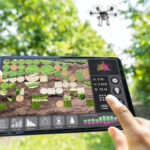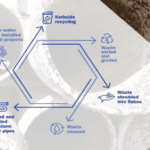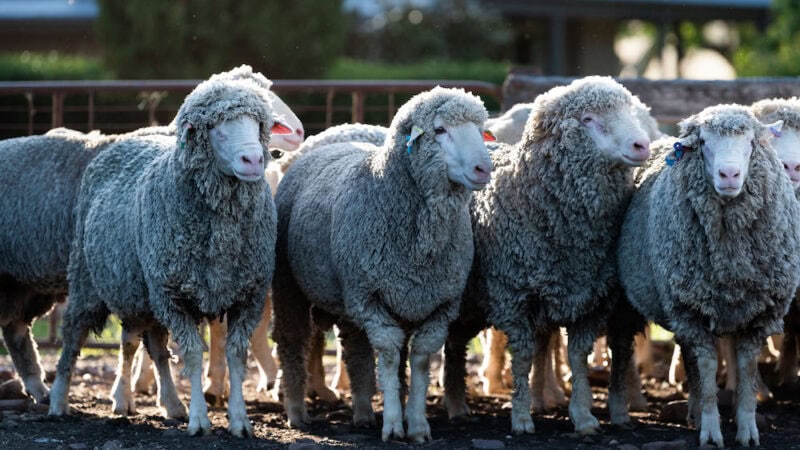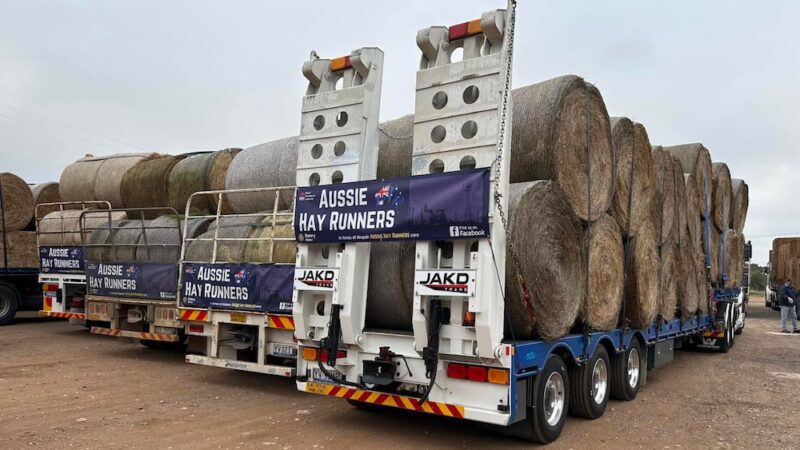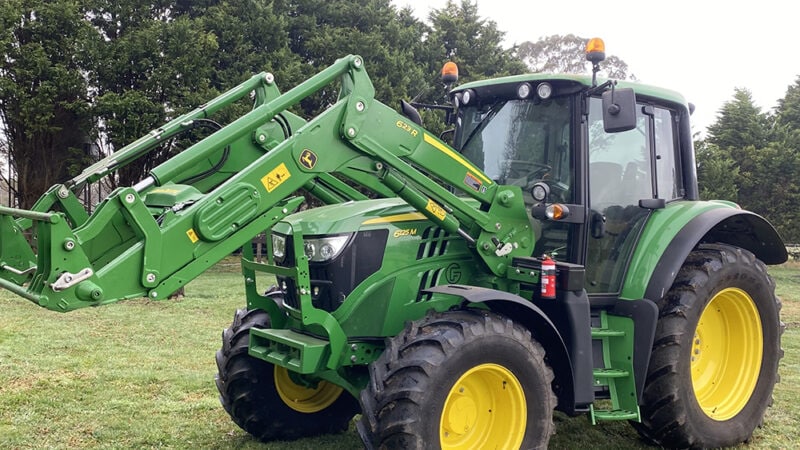1. Greater sustainability reporting Australian agricultural exports have captured wave after wave of lucrative markets…
Farmers can cash in on natural capital
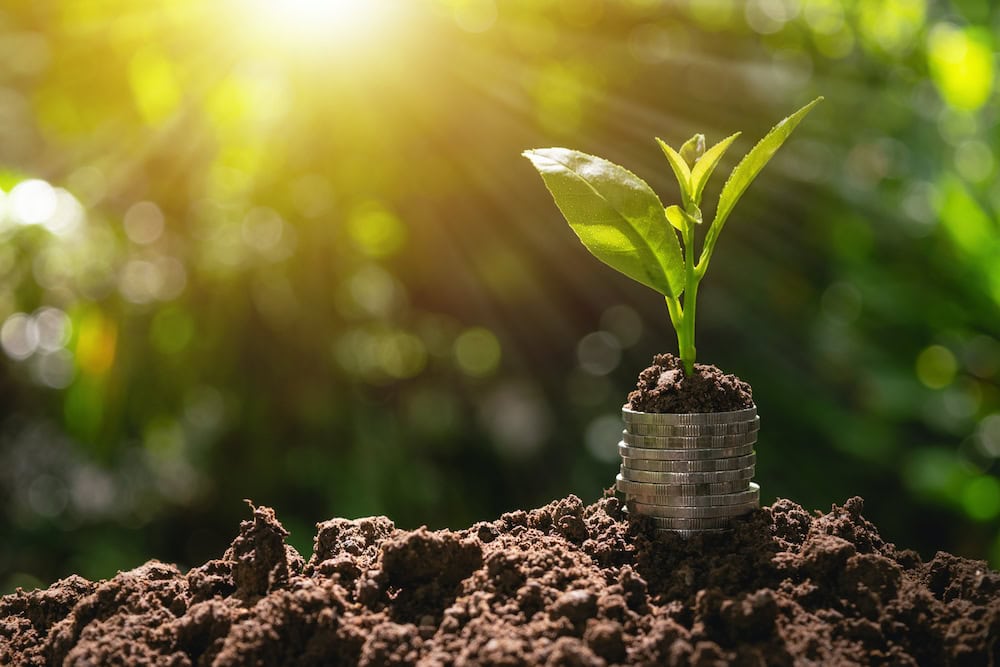
Water, soil, air, plants, animals and insects provide the basis for all economic activity. But they have traditionally been �free� � taken for granted and not properly valued
by investors.
Enter �natural capital� � an attempt to extend the economic notion of capital to ecosystem goods and services so investors can better account for the true costs and benefits of a venture.
The NSW Government released a Natural Capital Statement of Intent in April, making NSW the first state to explore opportunities to embed natural capital considerations in NSW Government decision-making. One of the Intent�s key objectives is to recognise the importance of land managers in contributing to ecosystem services.

But how exactly can farmers put a dollar value on their properties� soil, water, trees, insects, shrubs, and birds? And how can they find investors who will help them protect it?
To help shed some light on this extraordinarily complex issue, we speak to three thought-leaders at the forefront of the natural capital game in agriculture.
Insects & bark
A third-generation canola and sheep farmer at Harden on the Southwest Slopes of NSW, Peter Holding has worked on dozens of projects designed to give farmers practical information, tools and investments to adapt to the impacts of climate change.
He�s currently working with his local networks to develop a natural capital project across multiple properties in the Hilltops Shire to revegetate degraded areas, creek lines and rocky hills, that are not being utilised for farming.
�If successful, the project will have a landscape impact on bird species and possibly larger fauna,� Peter says. �But really, it�s the insects I am concerned about as I try not to use a lot of insecticides and rely on predatory insects like wasps to wipe out pests like aphids on canola. But to do that you need to replant native trees with loose bark on them along with flowering shrubs.�
The project, however, is yet to attract any funding � a problem arising from the fact that the concept of natural capital is still in its infancy.
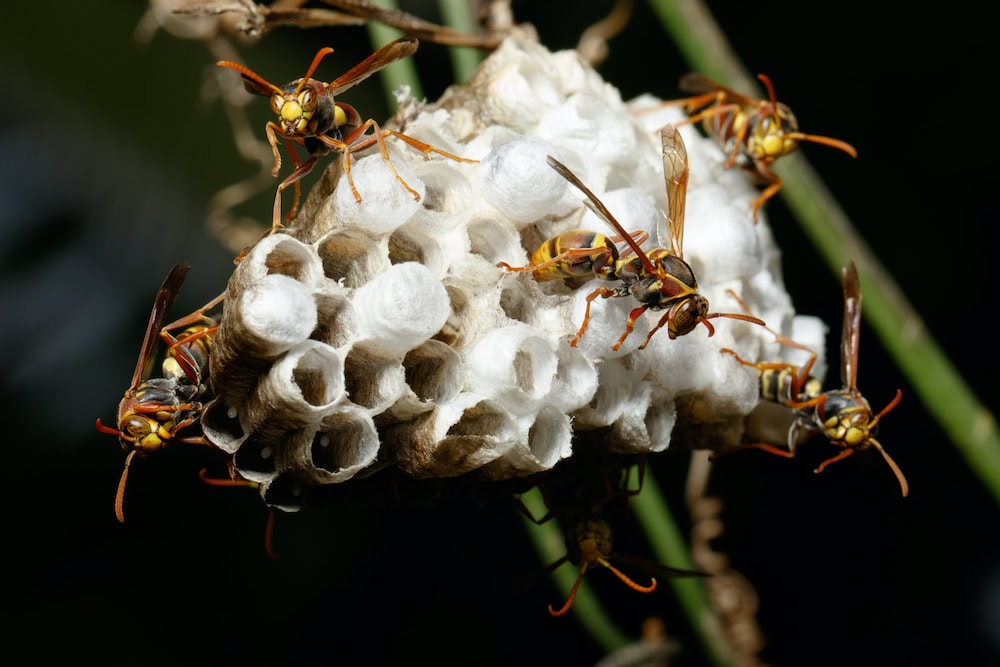
�Of course, there was that massive deal with Microsoft,� Peter says of the software giant�s purchase of half a million dollars� worth of sequestered soil carbon from Wilmot Cattle Co in the New England region of NSW � the first global carbon credit sale made by an Australian grazing outfit.
�While I question the assumption that you can neutralise carbon emissions that have been locked away in the ground for 400 million years and somehow suck it up by planting more trees, it shows natural capital deals can be done,� he says.
He adds: �I speak with farmers every day who ask me how I can get involved in natural capital projects, especially those that improve soils that were destroyed by the way this country was colonised, by the introduction of rabbits and by drought.
�Right now, I don�t have any concrete answers on how much their soil is worth. But as the climate crisis deepens, more opportunities will arise and these things � water, soil and air � that until now have always been external to farmers� balance sheets, will become a part of them.�
Swamps & Redgums
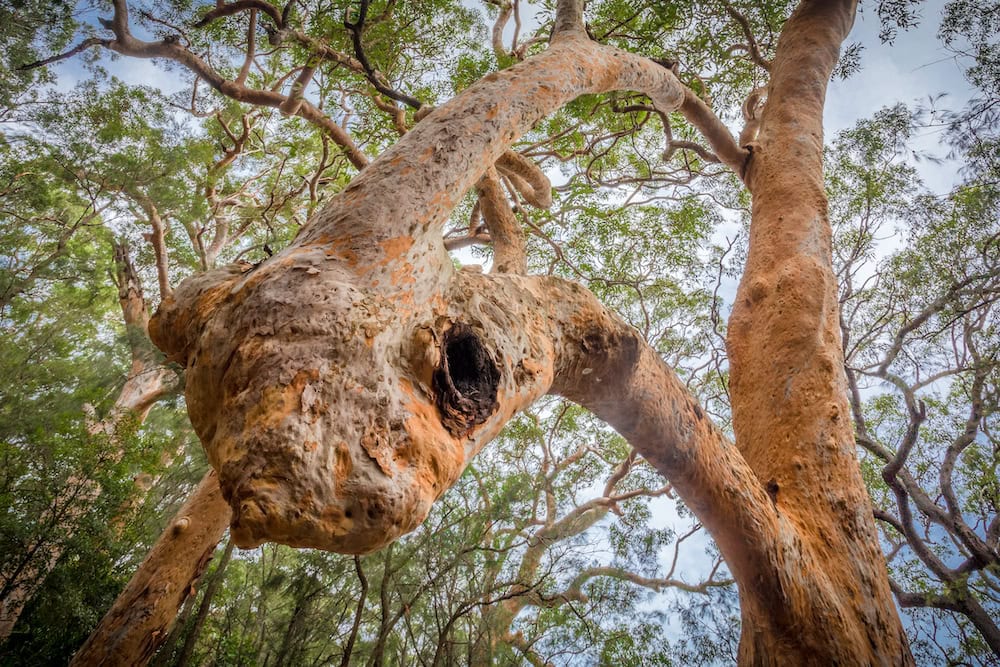
Growing up on a dairy farm in the 1970s and working in the industry for the past 15 years, Jeremy Bayard, CEO of Sydney-based ACE Farming Company, witnessed firsthand the effects a decline in soil structure that he attributes to the overuse of agrichemicals and synthetic fertilisers.
�They�re like a drug,� he says. �We use them again and again as short-term solutions because in a commodity-priced industry hugely impacted by weather shocks, we�re always chasing margins. But in the long term we�re on a death roll, where we are destroying our greatest asset � our natural capital.�
He explains that protecting our natural capital is the only long-term strategy for Australian agriculture to meet the demands and expectations of its future customers. �This is not at some time in the distant future but right now thanks to a stampede of banks and lending institutions that are changing their lending practices to reflect consumer awareness about climate change, environmental stewardship and water scarcity,� he says.
The Tiverton Agriculture Impact Fund is a textbook example. It recently purchased a 34,000-hectare property at Juanbung in Far Western NSW that harvests sustainable Redgum firewood whilst preserving swampland on the property that sequesters more carbon than any other kind of ecosystem.
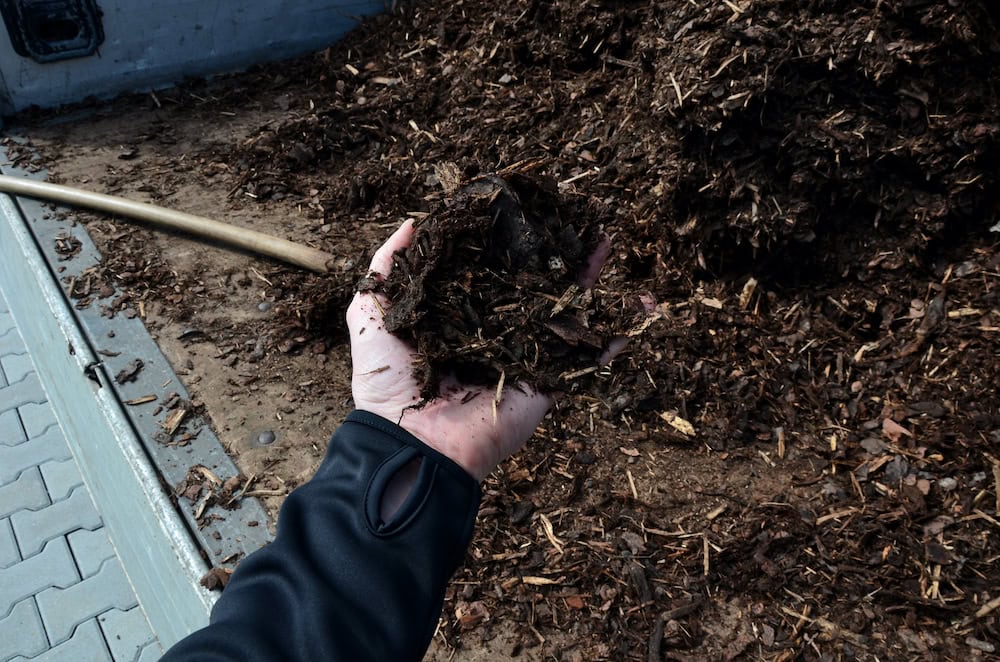
Packhorse is another new natural capital company, and is deploying $300 million across six farms in NSW and Queensland with degraded soil that will be rejuvenated and leased out to beef producers.
Then there�s Pioneer Natural Capital, a boutique investment management company � of which Jeremy is a founding partner � that�s bringing institutional investment into farms and farm-related businesses, that are actively reducing their environmental footprint.
�We�re currently looking into a number of agriculture businesses that embrace regenerative land management practices and new technologies that enable farmers to reduce greenhouse emissions as well as the use of pesticides, herbicides and antibiotics.�
Jeremy believes Australia is now at an inflexion point where the majority of farmers are already trying to do something about improving their management practices vis-a-vis the environment.
Sheep & shelter
A zoologist by trade, Dr Blair Parsons is general manager for science and design with NGO Greening Australia, where he is at the forefront of a years-long research project that aims to determine the financial benefits of native vegetation for farmers.
�The reason we are interested in this subject matter is that farmers are the managers of nearly half of the Australian landmass, and the agricultural landscape needs help,� he says.
Blair�s research includes a nationwide survey carried out to determine the value of tree shade and shelter for lamb survival based on anecdotal evidence that native vegetation reduces sheep mortality. But putting a value on these trees has not proven easy.
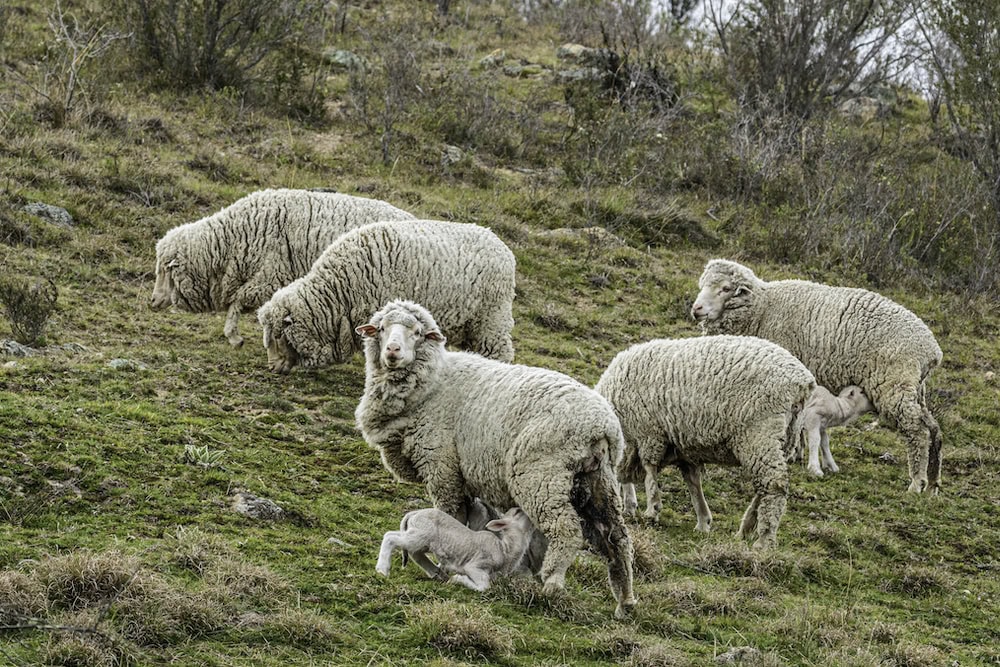
�We conceptualised a model and received plenty of anecdotal evidence but did not succeed in populating it with hard numbers as most farmers did not have data that matched our specific focus,� he says. �The benefits are inherently difficult to measure.�
And that, Blair says, is one of the biggest challenges in determining the link between natural capital and profitability in farming.
�The natural environment is highly variable in both space and time. Something you measure one season can be different when you go back the next. The benefits are also something that can take a long time to detect.
�For example, if you restore habitat to house fauna, it could take decades to witness genuine change, which is incongruent with the economic rhythm of agriculture that are typically measured over much shorter timeframes.�
Blair thinks that it�s just a matter of time until we get to a point where all forms of natural capital is monetised. �It�s already happening in the carbon market with carbon credits. Other types of credits are not far behind,� he says.
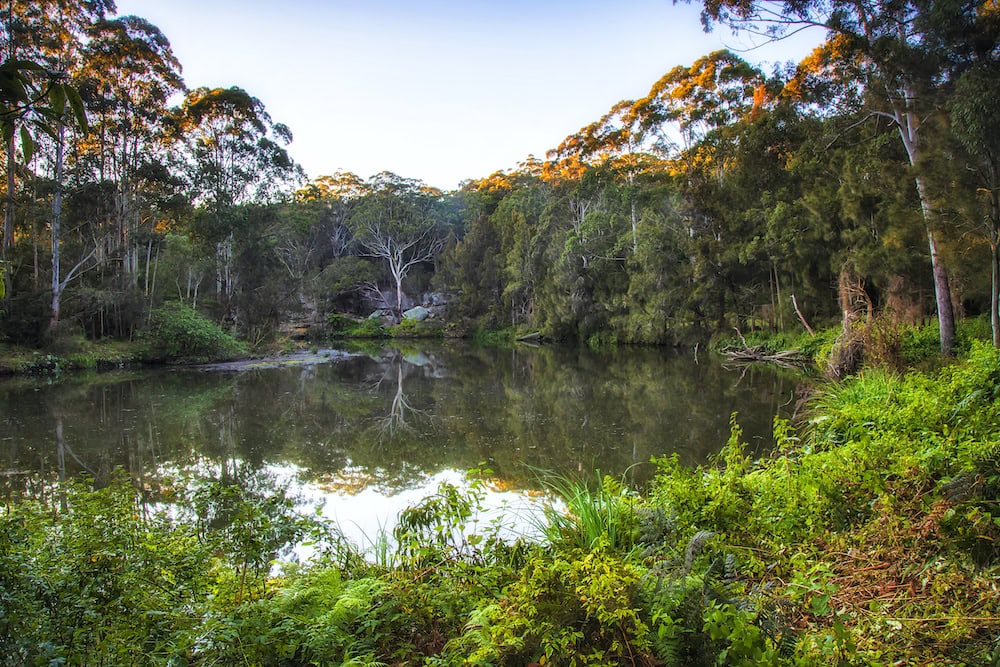
NFF backs natural capital measurement
The National Farmers� Federation (NFF) is supporting the development of a farm-friendly tool that shows how the natural capital can be connected and accounted for, in terms of farm productivity and profit.
�We are inviting farmers, either directly or through their farm advisor or accountant, to take the opportunity to be part of shaping the tool needed for an easy-to-use measure of natural capital value for Australian farms,� said NFF President Fiona Simson.
The NFF is partnering with Farming for the Future, a not-for-profit research and capacity-building program with support from the Macdoch Foundation and philanthropists.
Applications opened in March 2022 for a limited number of eligible farms, to obtain a complimentary farm assessment delivered by the Farming for the Future team.
The 2022 program will cover four states and about 150 farms. The goal is to have assessed 1,500 farms by 2025/26.
�When farmers have a measure of these natural capital values they can be integrated with the farm�s normal production and accounting systems,� Farming for the Future Research Director Sue Ogilvy says.
�In due course this will mean farmers and their advisors can at last attach an asset value to the farm�s all-essential soil, water, production and ecological assets. These assets can be built for future generations and also prove to the marketplace and banks the farm�s true sustainability.��
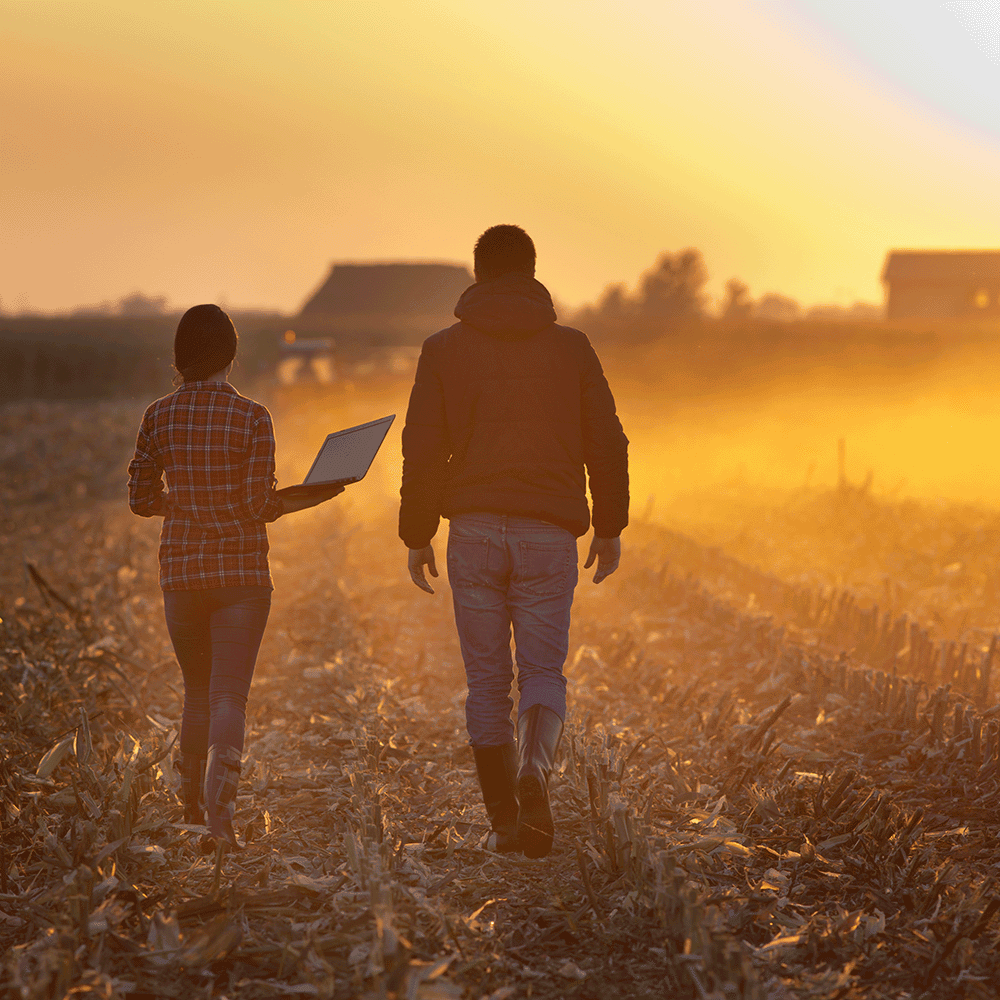
The process will enable farmers to readily show the value of their natural capital and work towards their own farm�s sweet spot of managing their own environmental assets and production to suit.
�The end goal is to improve the profitability and resilience of crop and livestock production and to more easily handle climate fluctuations with less stress and greater profits,� Sue says.
To register your interest contact Farming for the Future: [email protected] and/or find out more at https://farmingforthefuture.org.au/farm-participation/
Sharing natural capital knowledge
Stuart Austin, General Manager of Wilmot Cattle Company, notes subtle changes in the landscape each time he shifts cattle to fresh pasture at the 1854-hectare-property on the Ebor Plateau of northern NSW. Native plants are emerging and the pasture biomass and ground cover continue to flourish, following a shift in grazing management nine years ago.
Global technology giant Microsoft noticed it too, and purchased around half a million dollars� worth natural capital in the form of carbon credits from the grazing enterprise in 2021.
Stuart recently demonstrated the importance of farmers in restoring ecological function alongside building a profitable and robust business at a packed-out Maia Grazing field day on Wilmot�s Ebor property.
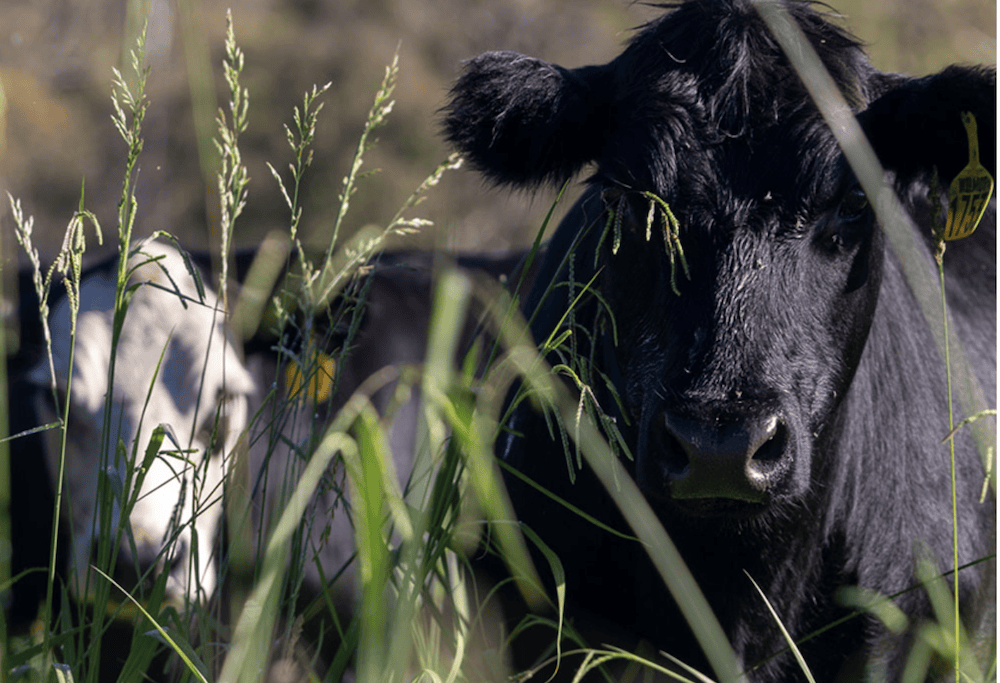
�We�re a passionate bunch here at Wilmot,� Stuart said. �We love this company and the work we do, but the thing that gets me up in the morning is helping others.�
The Wilmot Cattle Company team take a regenerative approach across three properties � Wilmot, Woodburn and Morocco � spanning 5,665-hectares in the New England region, to produce grass-fed beef and sequester soil carbon.
Under a NAB Agri Green Loan, the carbon conscious farmers will continue their natural capital work at a fourth farm, Paradise Creek, in the Inverell district.
�Some people love renovating houses, but I love renovating farms,� Stu said. �This will be an exciting project for us and a significant step on our pathway to being carbon neutral.�
NAB launched its first Agri Green Loan in 2021, designed to help agribusinesses reduce net emissions and be more sustainable.
�I am so impressed by the quality of the farming principles at Wilmot Cattle Company. You can instantly see how their passion for restoring the land translates into ecologically healthy paddocks,� NAB Agribusiness manager Alyssa Ho says.
�It�s been especially rewarding to see how Wilmot Cattle Company�s sustainable principles can be converted into measurable outcomes.�
If you enjoyed this feature on natural capital, you might enjoy our story on ag innovations changing the future.


